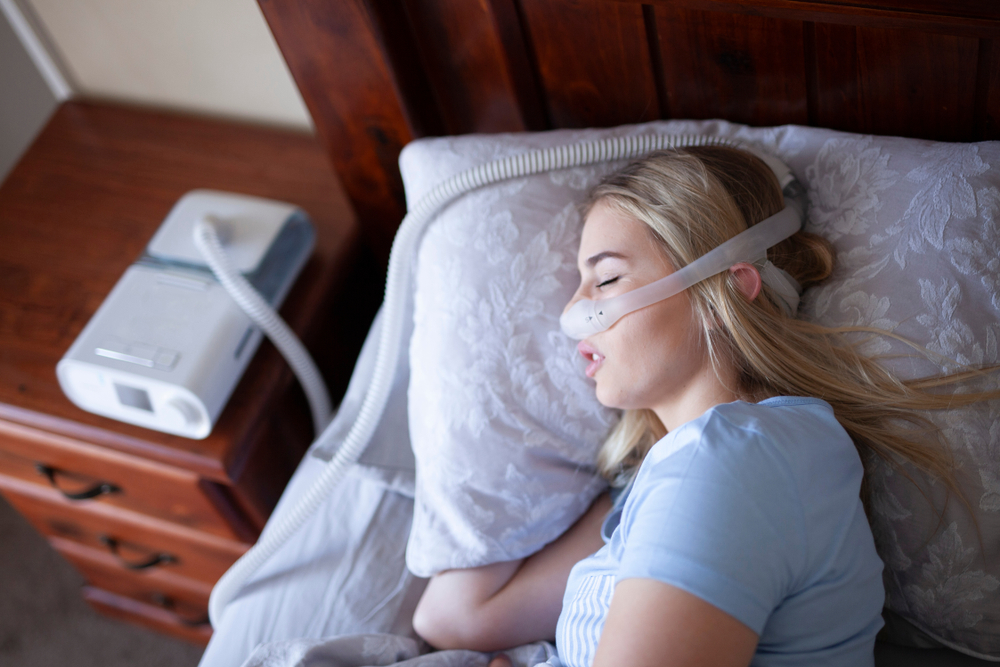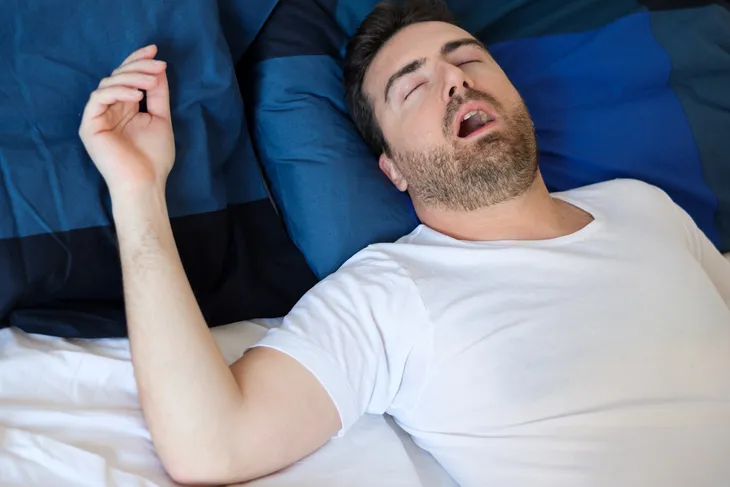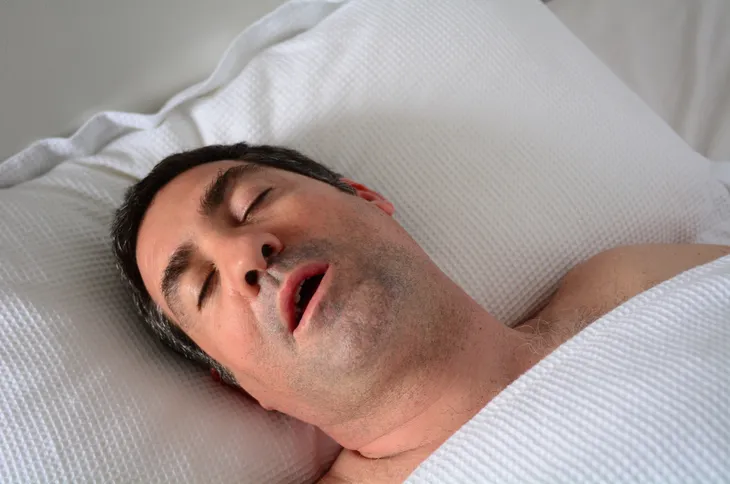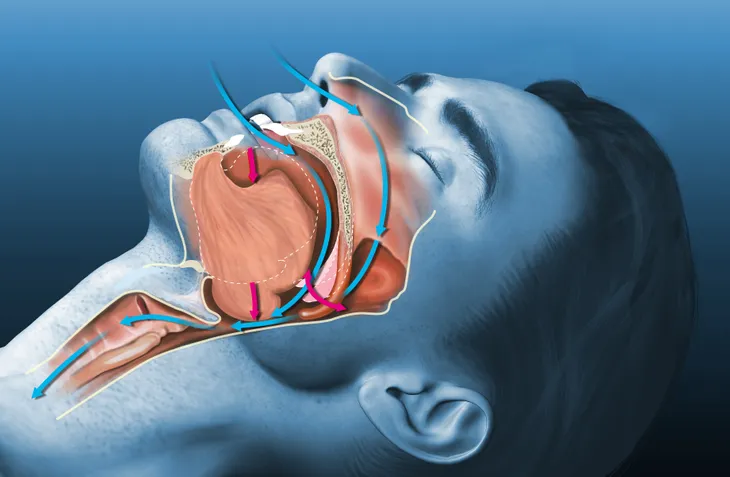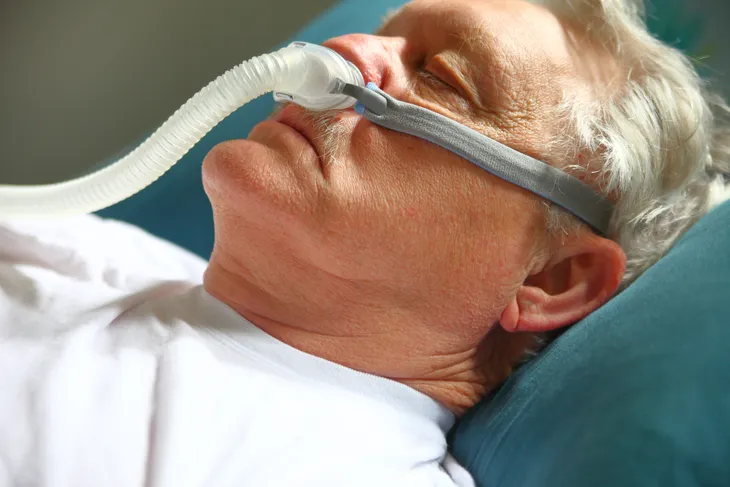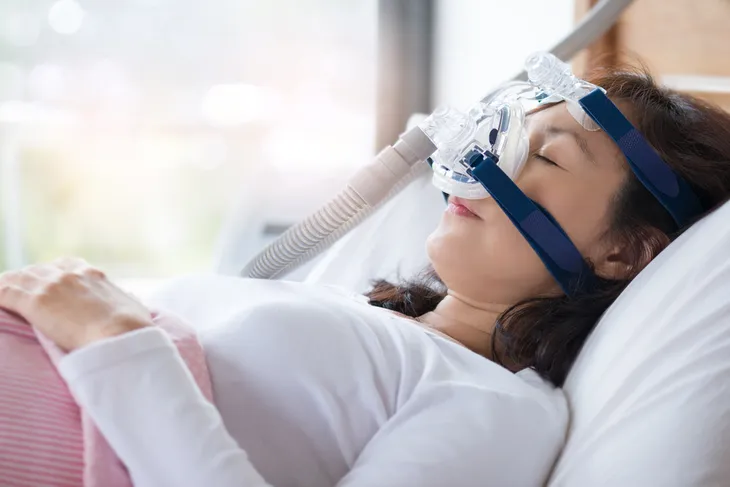Currently affecting around 22 million Americans, sleep apnea is one of the most common sleep disorders in the United States. People who suffer with the condition experience short periods where they stop breathing while asleep, which may go unnoticed.
The lack of oxygen caused by these pauses in breathing can have serious health implications. For example, sleep apnea is strongly linked to an increased risk of cardiovascular disease, stroke, and heart failure. It is estimated that sleep apnea and its associated health problems cost the U.S economy more than $65 billion each year.
Types of Sleep Apnea
There are three different types of sleep apnea:
- Central
- Obstructive
- Mixed
The primary cause behind the breathing pauses is what distinguishes the three versions of the disorder. Obstructive sleep apnea (OSA) is by far the most common type of sleep apnea, while central sleep apnea (CSA) is thought to account for roughly 20 percent of cases.
Central Sleep Apnea
CSA occurs when signals from the central nervous system fail to “tell” the lungs to breath. This may result in periods where the sufferer does not breath at all or extended periods of dysfunctional breathing where oxygen intake is too shallow.
These periods of shallow breathing may be followed by a period of breathing too deeply. This disordered oxygen intake is referred to as Cheyne-Stokes breathing.
Obstructive Sleep Apnea
As the name suggests, this type of sleep apnea is caused by an obstruction to the airway. Most often, this is the result of the rear of the throat temporarily “closing” while the sufferer sleeps.
Mixed Sleep Apnea
Mixed sleep apnea is a combination of OSA and CSA. In most cases of mixed sleep apnea, the OSA episodes are diagnosed and treated first. It is usually only when this problem is resolved that the CSA aspect of the condition is detected.
Who Suffers from Sleep Apnea?
While sleep apnea is more common in adults, roughly two to three percent of children are thought to suffer from the disorder. The condition is more likely to affect African Americans than Caucasians, though the reasons behind this are not fully understood.
OSA is more common in men than women. In fact, it is thought that as many as one in four men over 40 experience OSA. Despite its prevalence in men, 80 percent of people who suffer with this type of sleep apnea are unaware of the problem and go undiagnosed.
CSA often occurs in people who are already suffering from diseases of the cardiovascular, brain, or nervous system. For instance, it is quite common among people with Parkinson’s Disease or kidney failure and stroke survivors. CSA can also occur in people with severe arthritis when their condition affects the base of the skull or cervical spine.
Some of the main sleep apnea risk factors are:
- A family history of sleep apnea
- Being overweight
- Consuming alcohol
- Smoking
- A bigger neck circumference
Signs and Symptoms
The symptoms of sleep apnea vary based on the age of the sufferer. Adults with sleep apnea commonly experience the following symptoms:
- Snoring loudly
- Waking abruptly and feeing short of breath
- Frequent trips to the bathroom during the night
- Waking abruptly due to gasping or choking
- Excessive sleepiness during the day
- Waking up with a dry mouth, sore throat, or headache
- Difficulty concentrating
- Mood swings
- Insomnia
- Decreased sex drive
If you have five or more of these symptoms, there is a chance you could be suffering with sleep apnea. The condition can be much harder to detect in children as they may not be able to articulate their symptoms.
The daytime signs of sleep apnea in children may appear similar to ADHD symptoms. The signs include:
- Learning difficulties
- Limited attention span
- Poor academic performance
- Behavioural issues
Night-time symptoms of sleep apnea in children include:
- Loud snoring
- Drowsiness while awake
- Mouth breathing
- Wetting the bed
How Is Sleep Apnea Treated?
People with OSA may be referred to an ear, nose, and throat specialist. This specialist will be able to check for blockages in the nose or throat, which could be causing the OSA. If CSA is a possibility, you may be referred to a heart doctor to check for cardiovascular causes or a nervous system specialist to rule out neurological causes.
In cases of very mild sleep apnea, your doctor may recommend changes to your lifestyle to improve symptoms. These may include losing weight or giving up smoking.
Nasal allergies can aggravate sleep apnea. If this is something you suffer with, you may be prescribed an allergy medication.
Moderate to severe sleep apnea may warrant treatment with a device designed to open blocked airways. In extreme cases, surgery may be recommended.
The most common sleep apnea treatment options are:
- Continuous Positive Airway Pressure (CPAP): This involves wearing a mask while you sleep, which is connected to an air tank. CPAP is designed to keep airways open by delivering pressurized air through the mask, which prevents closure of the throat.
- Oral Devices: These are appliances which are worn by the sufferer during sleep. They work by keeping the jaw or throat in a position where the airway is less likely to close.
- Oxygen Supplementation: Wearing an oxygen supplementation device while you sleep can help to offset the symptoms and health risks associated with sleep apnea.
- Adaptive Servo-Ventilation (ASV): This relatively new therapy works similarly to CPAP. The difference being that an ASV device detects and stores your normal breathing pattern using an in-built computer. Any deviation from this normal breathing pattern while you sleep is then corrected automatically, using pressurized air.
Always Consult Your Doctor
It is important to consult your doctor before trying out any unprescribed sleep apnea therapies. The cause and severity of your condition is what determines the most appropriate treatment, so it is essential to get a proper medical assessment.
